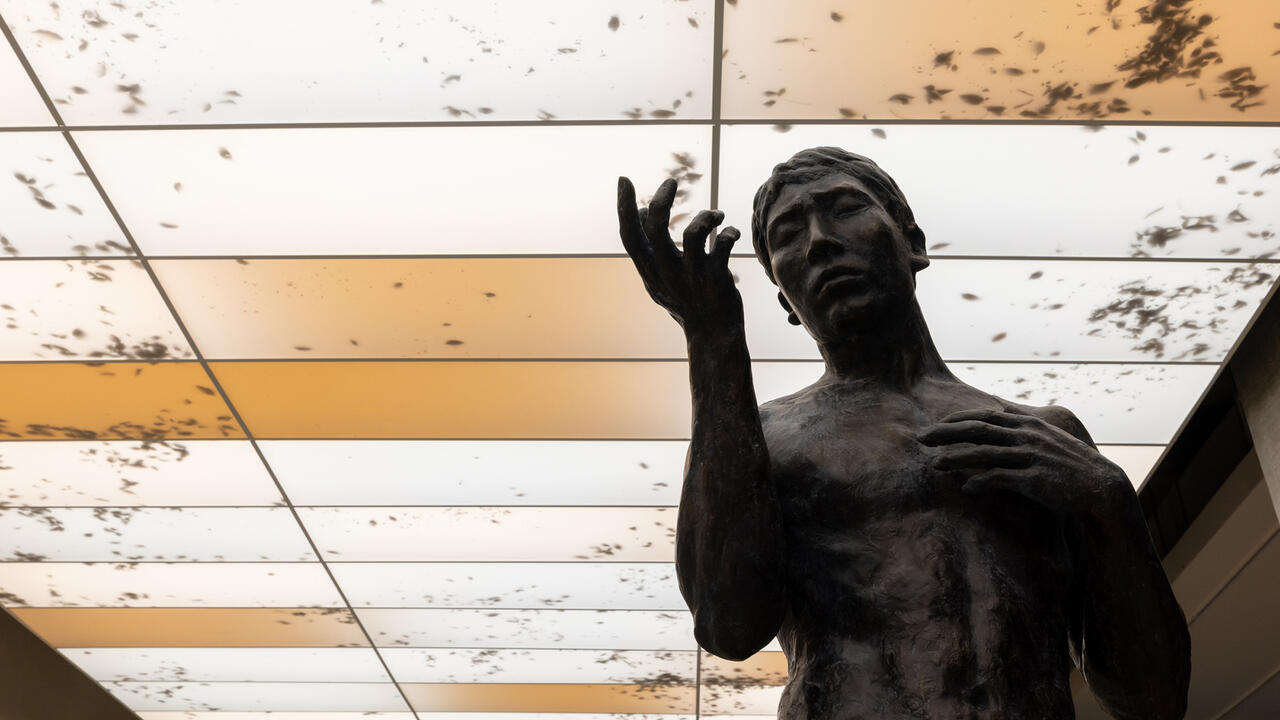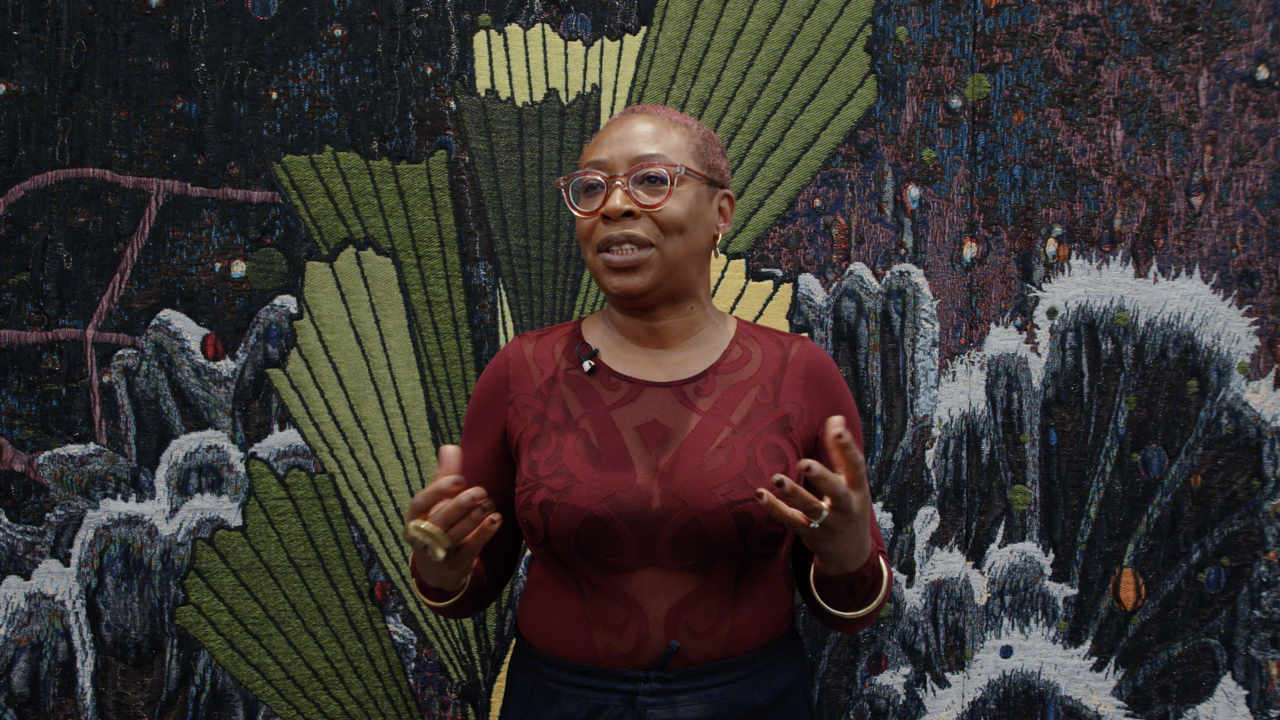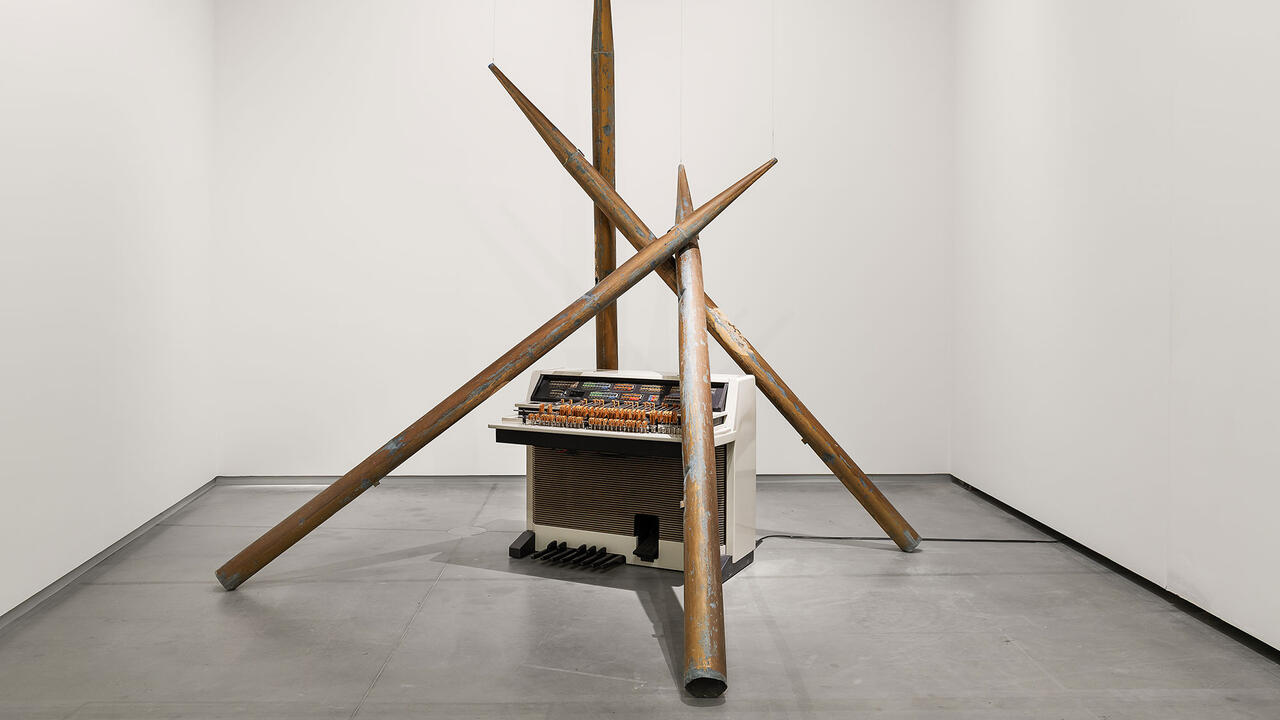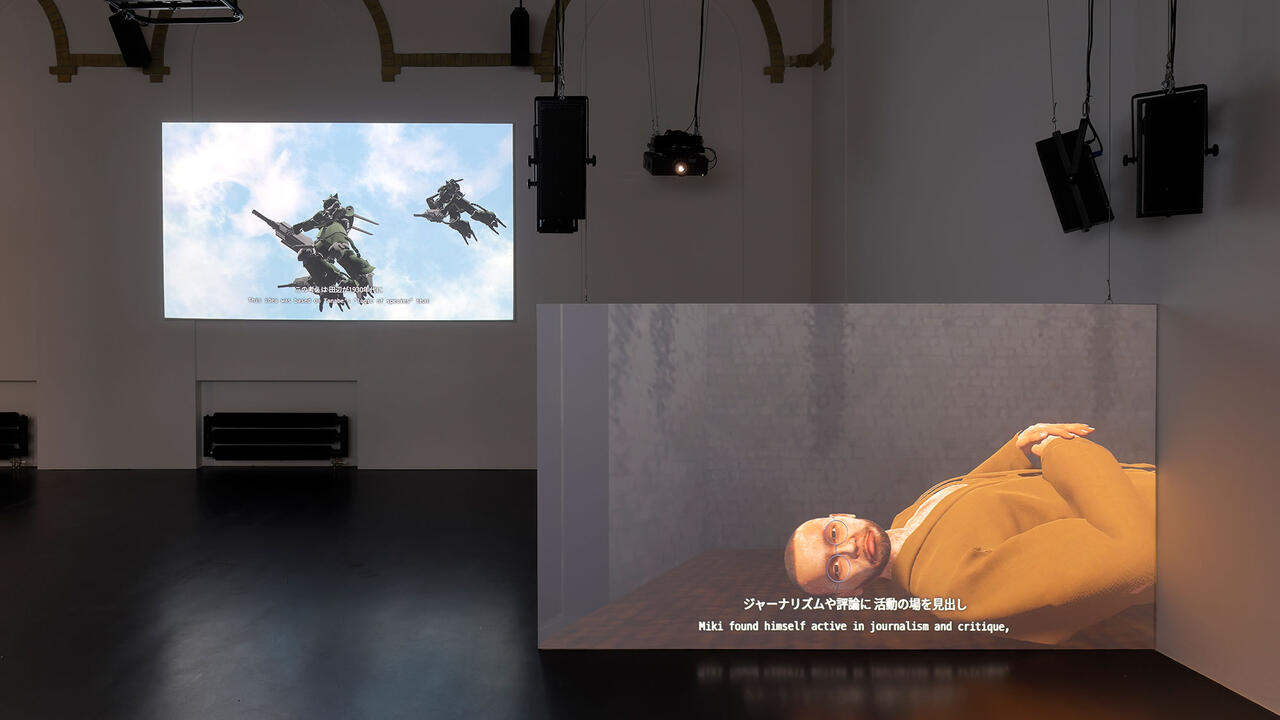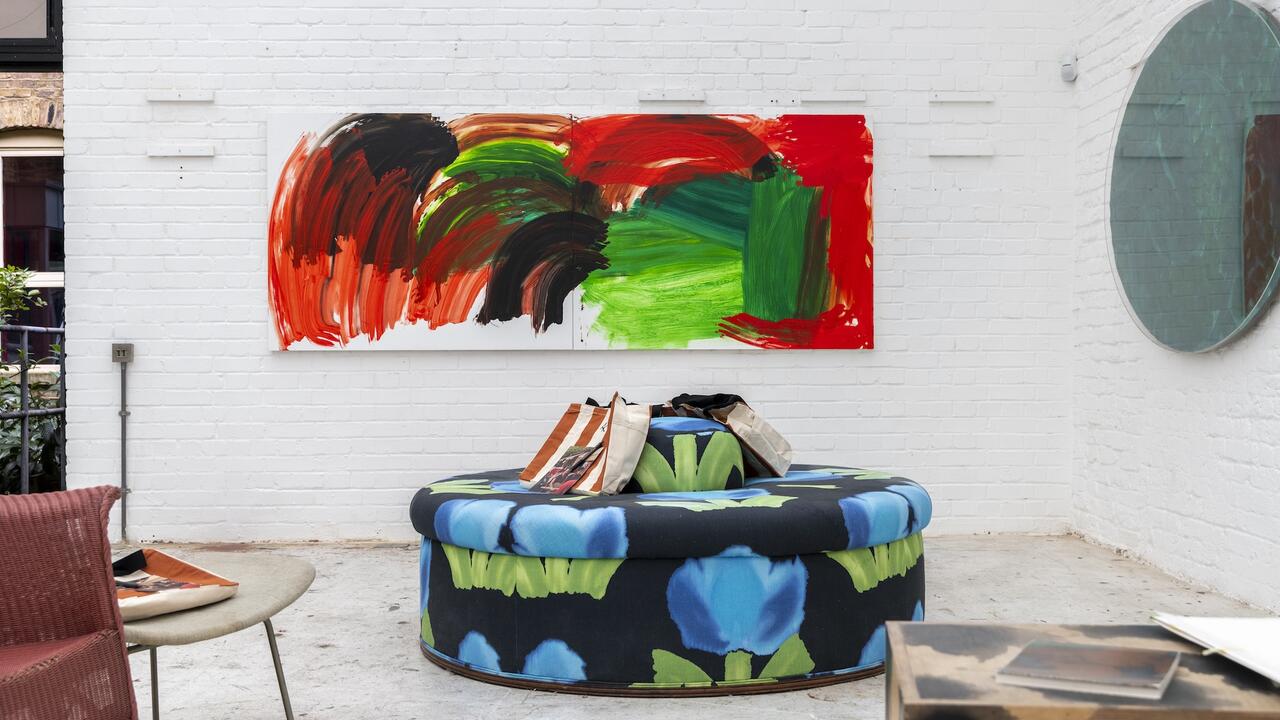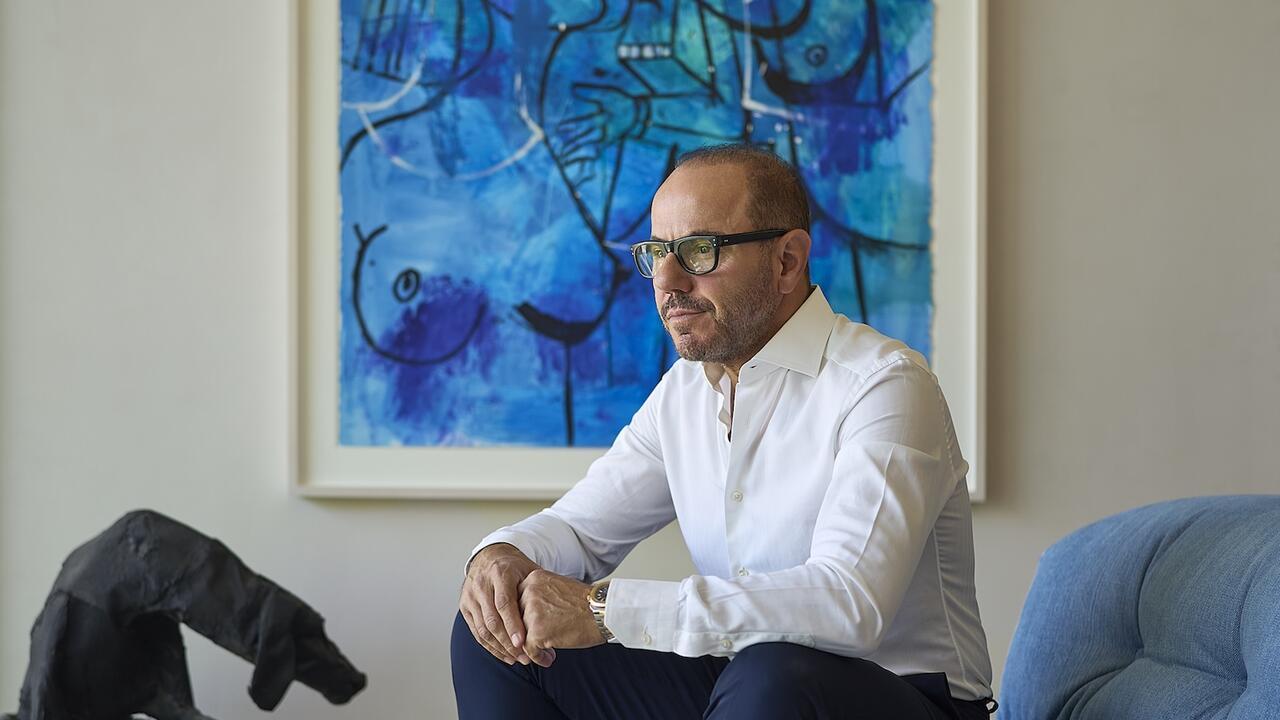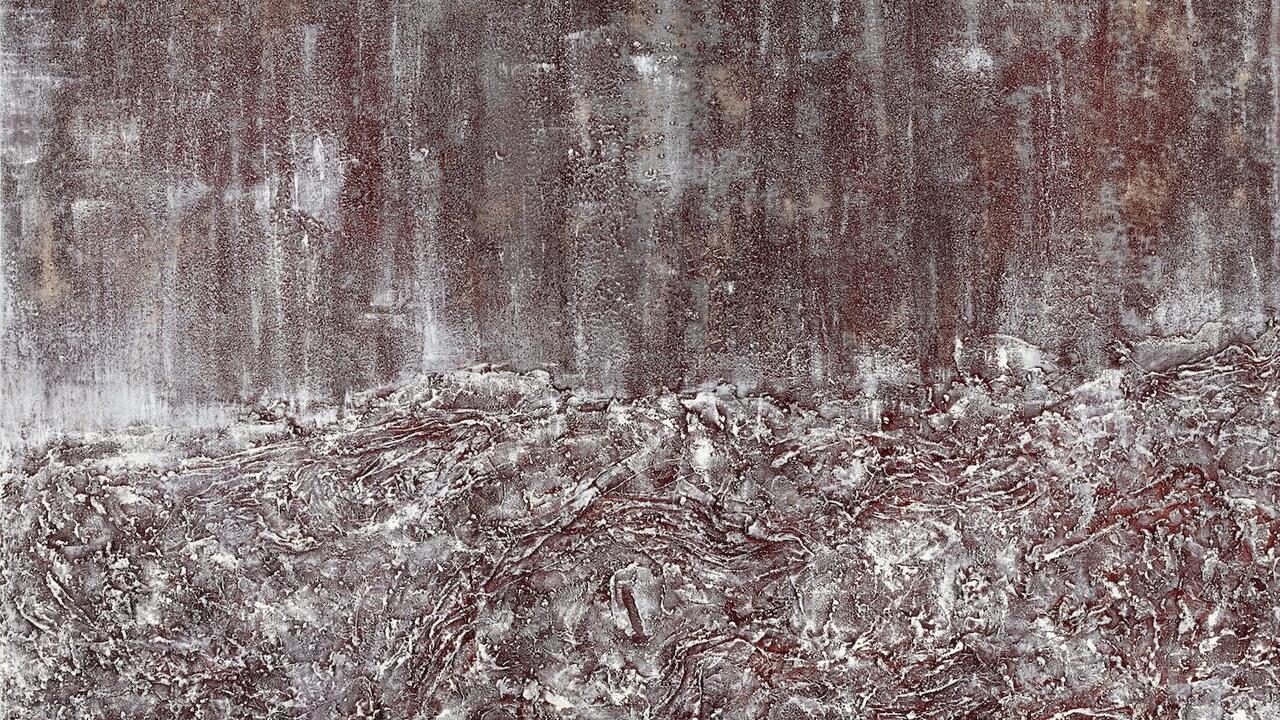NO San Francisco
Bay Area Retrograde Vol.1 gathers the overlooked gems from the West Coast no wave scene
Bay Area Retrograde Vol.1 gathers the overlooked gems from the West Coast no wave scene

As a musical movement, No Wave has long been narrativized and schematized according to its geographic affiliations – an urban phenomenon born within the the boho enclaves of New York, Berlin or London, whose metropolitan interstices of visual art, multimedia and theatre combined in an explosive reformulation and refutation of punk-rock traditionalism. The negative result of such place-centric musical histories, however, is that other, less visible scenes are often easily ignored, or elided, in the rockist’s apocryphal survey. The San Francisco-based record label Dark Entries’ newest release, Bay Area Retrograde (BART), Volume 1, provids an exhilarating re-drafting of No Wave’s regional boundaries, focusing on the well-spring of San Franciscan artists who, contemporaneous with their more famous New York peers, explored the outer limits of sound, performance and sex between the death of disco and the ascension of AIDS.

‘Compared to the New York scene, SF was much more dispersed and scattered over a larger area,’ says Dark Entries founder – and resident electro boffin – Josh Cheon. ‘Some bands shared members, producers and toured together, while some bands never cross-pollinated, yet many seem to have gained inspiration from seeing early SF No Wave bands Units or Tuxedomoon. All of them were responding to the beginning of the Reagan era, the assassination of City Supervisor Harvey Milk and Mayor George Moscone, the Jonestown suicides and the backlash of disco.’

Quiet Room
In fact, the Bay Area was undergoing a series of substantial social and cultural transformations at the turn of the decade that would contribute to the formation of a new experimental musical underground: Silicon Valley’s Apple would debut the world’s first personal computer, the Apple II, introducing rabid technophiles to the portable, digital domain; the Sex Pistols, punk music’s centrifugal force, would disintegrate onstage at Bill Graham’s Winterland Ballroom – a bloated symbol of ’60s counterculture; and riots between student protestors, queer activists and police would create citywide tension in the gay discos and throughout the inner-city. Clubs like Mabuhay, The Deaf Club, Valencia Tool & Die and the Savoy Tivoli became, simultaneously, zones of subversion, confrontation, performance and sexual experimentation. ‘These clubs were scattered in the less desirable neighborhoods like the Mission or The Dogpatch, moving further away from the original North Beach beat poet/punk scene of the ’60s/’70s,’ Cheon adds.
‘Most of the shows seemed to have a lot of atmosphere and theatricality to them,’ says David Velasquez of Necropolis of Love, a band that appears on Bay Area Retrograde : ‘New wave, ska, reggae, Oi! and art punk – it was still a very playful and creative scene.’
The compilation’s playlist focuses predominantly on bands whose flirtations with the newly available digital synthesizer – from Korg to Casio to Roland drum machines – and sequencer created a mishmash of synth-punk, proto-electro, queer disco and goth. Eschewing more commercially successful outfits like Tuxedomoon and Chrome, the record unearths obscure groups like Danville’s Nominal State and Batang Frisco, whose energetic polemics echo the styles of Gang of Four, The Pop Group and A Certain Ratio, while Distant Thunder and Voice Farm simulate the baroque, noirish mood of Joy Division and Tubeway Army. ‘It was a symbiotic relationship, between the new sounds we heard on records coming from Europe and the increasing complexity of our own songs,’ says Nominal State’s Robert English. ‘Our material and the polyphonic synths evolved along similar lines at the same time.’
The album’s most playful entry is a six-minute John Waters-inspired monologue by Danny Boy and the Serious Party Gods entitled ‘Castro Boy’ with its epicene refrain of ‘Puh-lease…’ The track’s explicit narrative of a night out cruising for water sports, fisting and meth not only illustrates the bacchanal that was San Francisco’s Hi-NRG club culture, but the close associations between electronic music and the queer party circuit since the disco days of Patrick Cowley and Giorgio Moroder. Such a link cannot be overstated in the all-too brief flourishing of West Coast No Wave before the two-pronged attack of AIDS and hardcore effectively strangled the scene of its talent. ‘Clubs were crazy but at the same time… full of fear,’ explains Batang Frisco’s Bill DiMichelle. ‘By 1983 we all wondered what was killing our friends.’
Though the sonic advances made by the city’s disco/punk vanguard would linger for much of the decade, the abiding sense of political, sexual and musical freedom experienced in its club culture would be transformed by a politics of paranoia, from which the city has yet to fully recover. For those who remember the days of promise before the days of despair, Bay Area Retrograde will be a much welcomed and joyous epitaph for a city and a scene that has been largely forgotten.





